Piasnica
About five kilometers north of Wejherowo in northern Poland lies Piasnica forest, and there the Nazis murdered 12,000 – 14,000 polish citiznes between October 1939, and spring 1940. The murders were part of an action called Intelligenzaktion Pommern which aimed to eliminate educated and prominent people in Pomerania region. Before the invasion of Poland, the Germans had compiled a book called Sonderfahndungsbuch Poland. This was a book with names of people whom the Germans considered a threat and must be eliminated.
Immediately after the invasion, the people were sought out, arrested, imprisoned and taken to a place such as Piasnica where they were shot and buried in mass graves. The victims were shot by Einsatzkommando 16 under leadership of Danzig’s Gestapo chief, SS-Obersturmbannführer Rudolf Tröger. Other involved units in the killings (not only in Piasnica) were local units (Selbstschutz) consisting of men of german origin. Among the victims were also about 1,000 mentally ill patients who were collected from mental hospitals in the region.
In addition to Piasnica, Poles were also murdered in Chojnice, Szpegawsk, Mniszek, Klamry and Fordon. Piasnica was the place where most people were murdered within the Intelligenzaktion Pommern. Piasnica has also been called the Katyn of Pomerania. Only concentration camp Stutthof claimed more victims in Pomerania than Piasnica. After the murders, the Nazis tried to hide the mass graves by planting trees and shrubs and it was also off limit for civilians. In autumn 1944, when the Soviet Red army approached, the Nazis tried in a desperate attempt to conceal the murders by digging up the bodies and cremating them over open fires. A work carried out by prisoners from the Stutthof concentration camp.
Current status: Monument (2016).
Location: 54°40'35.76"N 18°10'27.00"E
Get there: Car.
Follow up in books: Lukas, Richard C: Forgotten Holocaust: The Poles Under German Occupation 1939-1944 (2008).
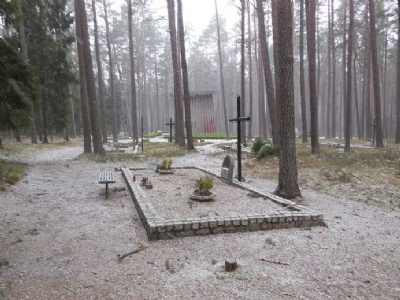
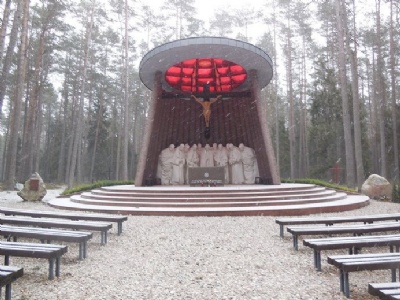
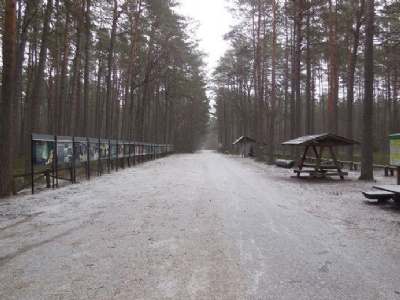
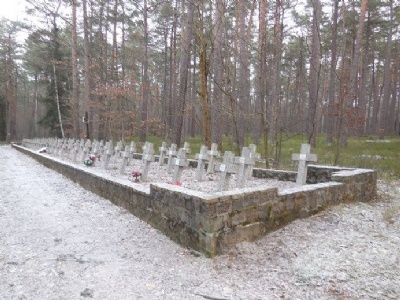
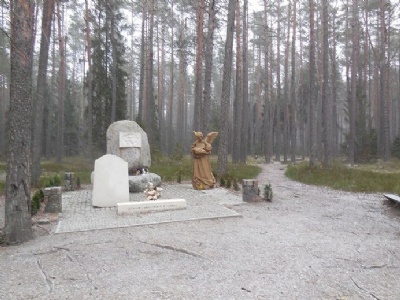
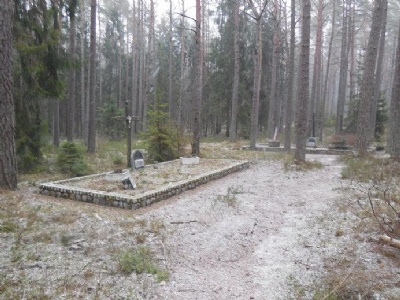
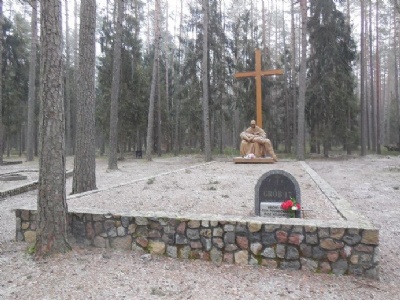
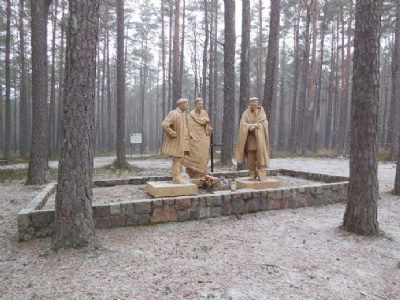
There are several monuments in the forest and a small chapel where ceremonies can be held. The mass graves are scattered over a large area but are marked and linked together by paths. There are also a large number of information boards, unfortunately all information is in Polish. The whole area is very well maintained. Near the main train station in Wejeherowo (ul. Ofiar Piasnicy 6) opened in mid-December 2015 a museum in a villa used by Gestapo as headquarter. It was from here the murder operstions was planned and administered.